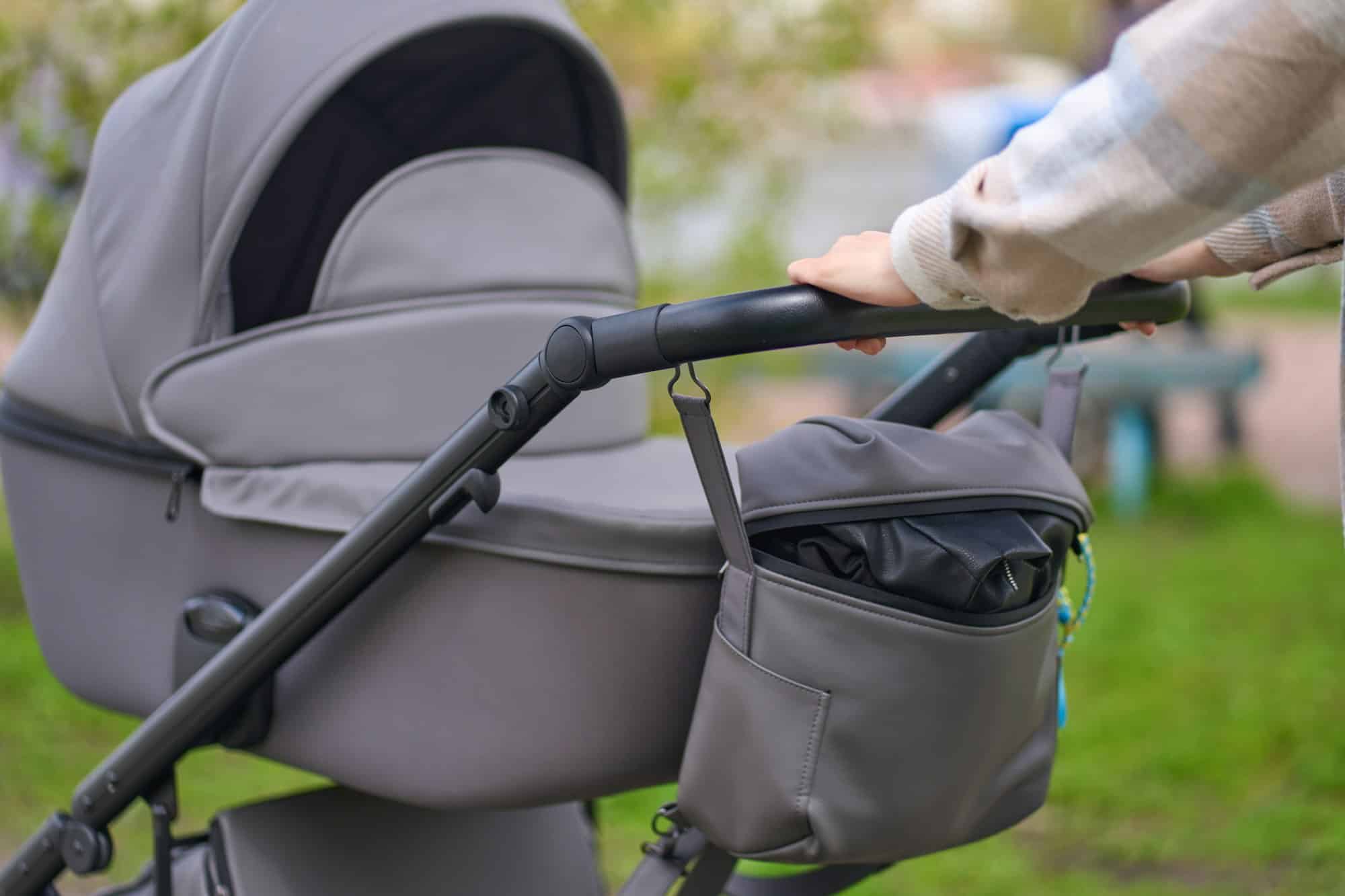What are the best ways to use a windbreaker effectively at exposed coastal campsites?

Camping trips are all about creating memorable escapades far from the hustle and bustle of city life. A camping trip to the beach, a coastal campsite, is a perfect way to enjoy the sun, sand, and the soothing sound of waves. However, beach camping comes with its own set of unique challenges. The weather at the beach is subject to rapid and unpredictable changes. A gusty wind, a sudden downpour, or an unexpected drop in temperature can turn your relaxing getaway into a test of survival. To keep your trip enjoyable and safe, it's important to be prepared. Among your beach camping essentials, a windbreaker is a true ally. This versatile piece of gear helps to protect you and your tent from the harsh elements. This article will guide you on the best ways to use a windbreaker effectively at exposed coastal campsites.
The Basics: Understanding Your Windbreaker
Before diving into how to use a windbreaker, it's important to understand the fundamental aspects of this vital camping gear. A windbreaker, often a lightweight jacket made from synthetic material, offers protection against the elements. However, it's more than just a piece of clothing. In the context of camping, a windbreaker can also be a tarp or a screen that's set up to block the wind around your camping area or tent.
Avez-vous vu cela : How to pack and prepare for a camping trip during the UK's unpredictable shoulder seasons?
A good windbreaker can protect you from the wind, but it also works against rain, sun, and to some extent, against the cold. But it's not enough just to bring a windbreaker along on your trip. Knowing how to use it effectively is crucial to make the most out of this piece of gear. It will not only keep you warm but also protect your tent and other camping equipment from potential damage.
Positioning Your Windbreaker
The first thing to consider when using a windbreaker at a coastal campsite is positioning. The direction of the wind will play a significant role in this decision. Ideally, you should set up your windbreaker in such a way that it breaks the wind that is blowing towards your campsite.
Sujet a lire : How can you make your camping trip in UK coastal areas educational for children?
Remember that at a beach, the wind direction could change frequently. Therefore, a windbreaker that can be easily adjusted will serve you best. It's recommended to use a windbreaker that surrounds your tent or camping area from all sides. This can be achieved by bringing a larger windbreaker or multiple smaller ones that can be joined together.
Choosing the Right Windbreaker
When camping at the beach, your choice of windbreaker matters. You need a windbreaker that is sturdy enough to withstand the strong coastal winds, yet lightweight and easy to set up. The best windbreakers for beach camping are made of durable, water-resistant materials. They should also be breathable to prevent condensation from building up inside your tent.
Consider a windbreaker with a high enough profile to protect your tent but not so high that it gets blown over by the wind. The windbreaker should feature sturdy support poles that can be firmly planted into the ground. You can go for a traditional tarp or a specialised beach windbreaker, depending on your needs and preferences.
Using the Windbreaker for Warmth
A windbreaker can also be used to provide warmth during colder days or nights. By blocking the wind, it minimises heat loss due to wind chill. You can also set up your windbreaker to reflect heat from a campfire back to your camping area. This is especially useful during the colder hours of the evening or early morning.
Remember to maintain a safe distance between the windbreaker and the campfire to prevent any fire-related accidents. Also, make sure that your windbreaker is properly fixed to avoid it from being blown into the fire by a sudden gust of wind.
Protecting Your Gear with the Windbreaker
Lastly, a windbreaker is effective in protecting your camping gear. Wind can often blow sand and other debris around your campsite, which can damage your equipment. By setting up a windbreaker, you can keep your gear safe from these elements.
In addition to protecting your gear, a windbreaker can also provide you with privacy at crowded campsites. So it's not just about weather protection. This versatile piece of camping equipment can enhance your overall camping experience, making it more enjoyable and comfortable.
Camping along the shoreline can be a thrilling experience, but the unpredictable weather can pose some challenges. A windbreaker is a handy tool that can make your beach camping trip more enjoyable and less stressful. Understanding how to effectively use it will enhance your beach camping experience, ensuring that you can relax and appreciate the natural beauty around you, regardless of the weather conditions.
Efficient Packing for Beach Camping
When planning a trip to a coastal campsite, knowing what to pack is crucial. In addition to your windbreaker, you'll need a variety of other items to ensure your comfort and safety. A sleeping bag and rain gear should be high on your list. These items will help keep you warm and dry should the weather take a turn for the worse.
Planning what clothing items to bring can be tricky. It's generally best to pack layers so you can adjust your attire to the changing weather conditions. Look for quick drying materials and consider packing a warm hat to help retain body heat during cooler mornings and evenings.
As a base layer, a long sleeve shirt can provide additional warmth and protection from the sun. A rain jacket is also a must-have for any beach camping trip as it can quickly become your top pick for battling the elements.
And don't forget about keeping your campsite sand free. Sand can quickly become a nuisance at a beach campsite, making its way into your tent, sleeping bag, and other camping gear. A good windbreaker can help block wind-driven sand, but you may also want to consider bringing a mat or other ground cover to further protect your gear.
Lastly, always remember to leave no trace. This principle of outdoor ethics is especially important at coastal campsites, where the delicate ecosystem can be easily affected by human activity. Pack out all trash, respect wildlife, and leave natural features as you found them for future campers to enjoy.
Conclusion: Using a Windbreaker for a Hassle-free Beach Camping Trip
A coastal camping trip is a unique experience where you can enjoy the great outdoors at its finest. But the unpredictable weather conditions at beach campsites can pose a challenge. That's where a good windbreaker comes in handy.
A windbreaker helps to block the wind, offering protection for you, your tent, and your camping gear. It also helps to keep warm, acting as a shield against the cold and even reflecting heat back towards your camping area when positioned correctly.
Choosing the right windbreaker is crucial. It needs to be durable, water-resistant, breathable, and easy to adjust—qualities that will help you face the ever-changing coastal weather.
But remember, a windbreaker is just one piece of your camping arsenal. Don't forget to pack other essential items such as a sleeping bag, rain gear, and appropriate clothing items. With proper planning and preparation, you can make your beach camping trip a memorable and enjoyable experience, regardless of the weather conditions.
So pack your windbreaker and get ready to pitch your tent by the sea. It's time to embark on your next beach camping adventure. Happy camping!
